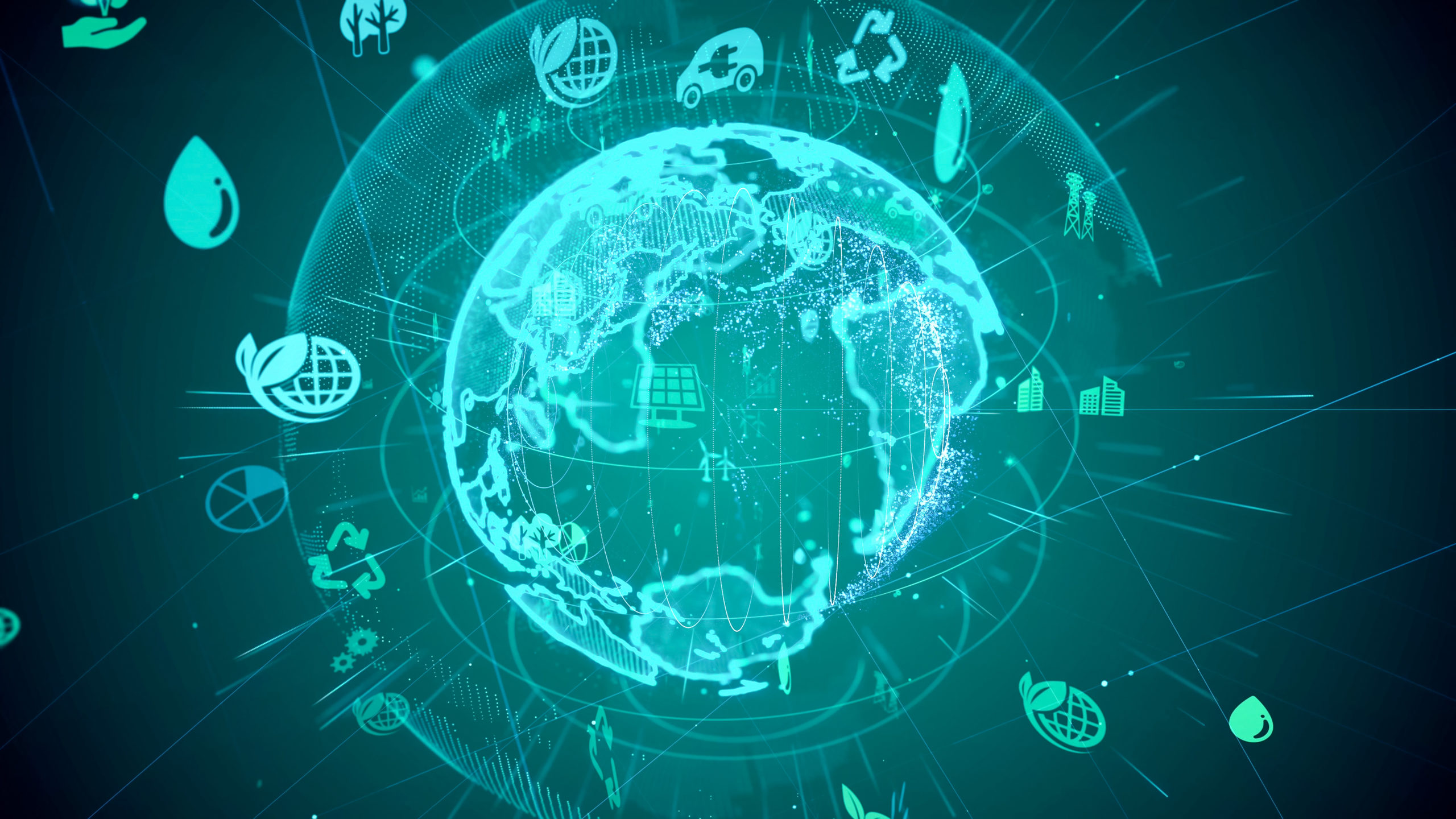Since the term “fake news” first began to circulate in 2014, the world has faced a deluge of “alternative facts” in what some have deemed to be a post-truth pandemic.
The principles – of misinformation disseminated as incontrovertible truth – have long influenced human history. But particularly throughout the 2016 US election campaign and later four-year presidential term, fake news evolved into a uniquely simple and effective way to dismiss media stories or broader concepts that had previously been considered to be true.
In this climate, the scientific community has found itself repeatedly publicly challenged, with critics citing a lack of tangible evidence to support research as well as conflicting scientific opinions on validity of studies.
Responding to the immense burden placed on scientists and researchers worldwide to quickly discover and deliver an effective cure to the ongoing COVID-19 pandemic, many scientific journals shortened the peer-review process to days from weeks or months, in an attempt to make new studies more rapidly available.
A natural consequence has been an increase in contention between scientists after publication. This disagreement, “which is not unlikely in the context of a swiftly unfolding pandemic” can be taken by the public “as evidence that their conclusions are based on personal belief (rather than on issues of data and methodology)”.
Meanwhile, surveys such as the State of Science Index (2018) suggest that scientists are distrusted because they are seen as members of the elite, with other survey respondents believing that many are shackled to disingenuous corporate or political agendas.
Science has also become increasingly weaponised within political contexts.
After a French study advised the use of hydroxychloroquine as an effective treatment for coronavirus, Donald Trump firmly supported the method, promoting a viral video from leading US doctors which was later removed by Twitter. Despite the study’s denouncement by the global scientific community for its lack of proper methodology, and disregarding the public statements against the drug made by leading US virologist Dr. Fauci, many followers still held the statement to be true.
As a result, trust levels have fluctuated – one study notes that intent amongst US adults to get a COVID-19 vaccine fell from 71% to 51% from May to September 2020, before rising again to 60% in November (Pew Research, December 2020). Only 29% of Americans responded that they would definitely get the vaccine.
An LSE paper published in November 2020 concludes that in the wake of COVID-19, “members of the public will continue to believe that science has the potential to improve society. However, it will reduce trust in individual scientists, worsen perceptions of their honesty, and weaken the belief that their activities benefit the public.”
So when published data and methodologies have their validity questioned, and the intentions and results of scientists are debated, what can be done to promote trust?
One answer is to create a new form of transparency – one that clearly displays the real-world impact of research and scientific work while allowing stronger collaboration between global researchers to meet shared objectives.
The impact of research is notoriously difficult to demonstrate in a timely manner, which is particularly problematic during a situation such as COVID-19. However by utilising common taxological and technological approaches to defining and managing research projects, and using clear methods of collecting and centralising supporting evidence, scientists can communicate the benefits of their work much more easily.
Participation in annual impact rankings continues to rise as organisations increasingly adopt this way of thinking. Many research institutions have started to demonstrate how their organisational missions are contributing to internationally-recognised frameworks such as the UN’s Sustainable Development Goals (SDGs) by showcasing the impact of their work.
The next step is to democratise research by making these projects publicly accessible, with options for collaborators to easily get involved and contribute towards far more rapid progress with clearly-defined objectives and outcomes. And researchers can receive recognition while taking on accountability for their work and their evidence, creating a viable counter to fake news.
This approach will go a long way in answering the big questions currently being asked about the credibility of science, as well as speeding up positive progress in many fields of research.

